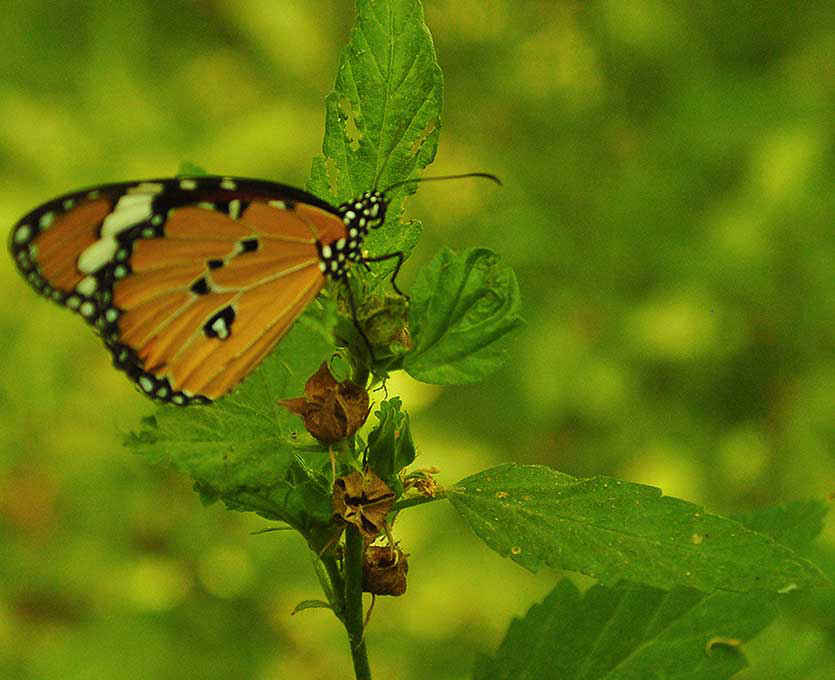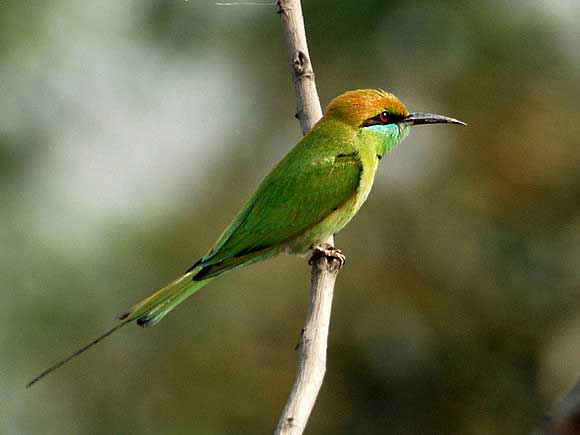 Delhi
DelhiTribute to Nature Standing Stalwart, Here's All You Need to Know About The Yamuna Biodiversity Park
Picture Credits: Tushar Kumar
Yamuna Biodiversity Park is an initiative for generating mass awareness to assist in the sorely-needed restoration of the river Yamuna, as well as serving as a protection bed for the wetland ecosystem surrounding the river. Maintained by the Delhi Development Authority (DDA), the park has three entry points - The ISBT/Kashmere Gate entry is centrally-located with Bhajanpura in the East & Wazirabad up further North being the other two gates.
Conceptualized & designed in association with the academia from the Centre for Environmental Management of Degraded Ecosystems (CEMDE), Delhi University and other prominent institutes & scientists, the park has been intelligently demarcated on the basis of utility. There's a Visitor's Zone with an Interpretation Centre & a Domesticated Biodiversity Zone facilitating awareness trips & research. The result is on an area of over 400 acres depicting a rich kaleidoscope of flora & fauna in the middle of a metropolis desperately looking for more green lungs.
The Nature Reserve Zone

Picture Credits: Tushar Kumar
The Nature Reserve Zone is where the main attraction lies! Demarcated into two major rangelands which focus upon native & prairie grass systems on either side of the trail, it’s hard to imagine that the area was a neglected wasteland not so long ago. Meticulous research has gone into planting the right kind of vegetation to balance the pH level of the highly saline water. There's also a Herbal Garden & Grove at the end of the trail, along with a Butterfly Conservatory, but it feels a tad too fabricated, being so close to the open wild just ahead & it would pay rich dividends to forage further into the valley from where the city smog looks thankfully distant for a while.
Flora & Fauna
The reserve also hosts about 20 different species of fish, which are virtually nonexistent in the highly toxic waters of the Yamuna otherwise. It’s also home to many winter migratory birds & is the only known migratory abode of the Siberian Red Crested Pochard. The ‘did you do it’ sounds of the Lapwing echoes through the green spaces & Skipping Hares can also be spotted during the wee hours of the morning.
There are 10 mounds encircling the valley, each of which depicts the different ecosystems found along the Yamuna River Basin, especially the lower Himalayas (Shivalik range). As a result of this, one can observe more than two dozen varieties of forest landscapes, apart from the grasslands that dominate a major portion of the landscape.

Picture Credits: Tushar Kumar
Model Town is the nearest metro station from where all of the three entries are about 15-20 minutes away. The entries are difficult to locate at times, so be sure to take a small map along, as the locals do not identify the park by its name but asking for the ‘new jungle’ or the ‘big park’ nearby might help!
Here's to hoping for more such initiatives that'll prove to be a blessed abode for the fast-dying-out endangered species and plant life! Come on over for a blissful jaunt in the heart of nature.
Like
Bookmark
Share

